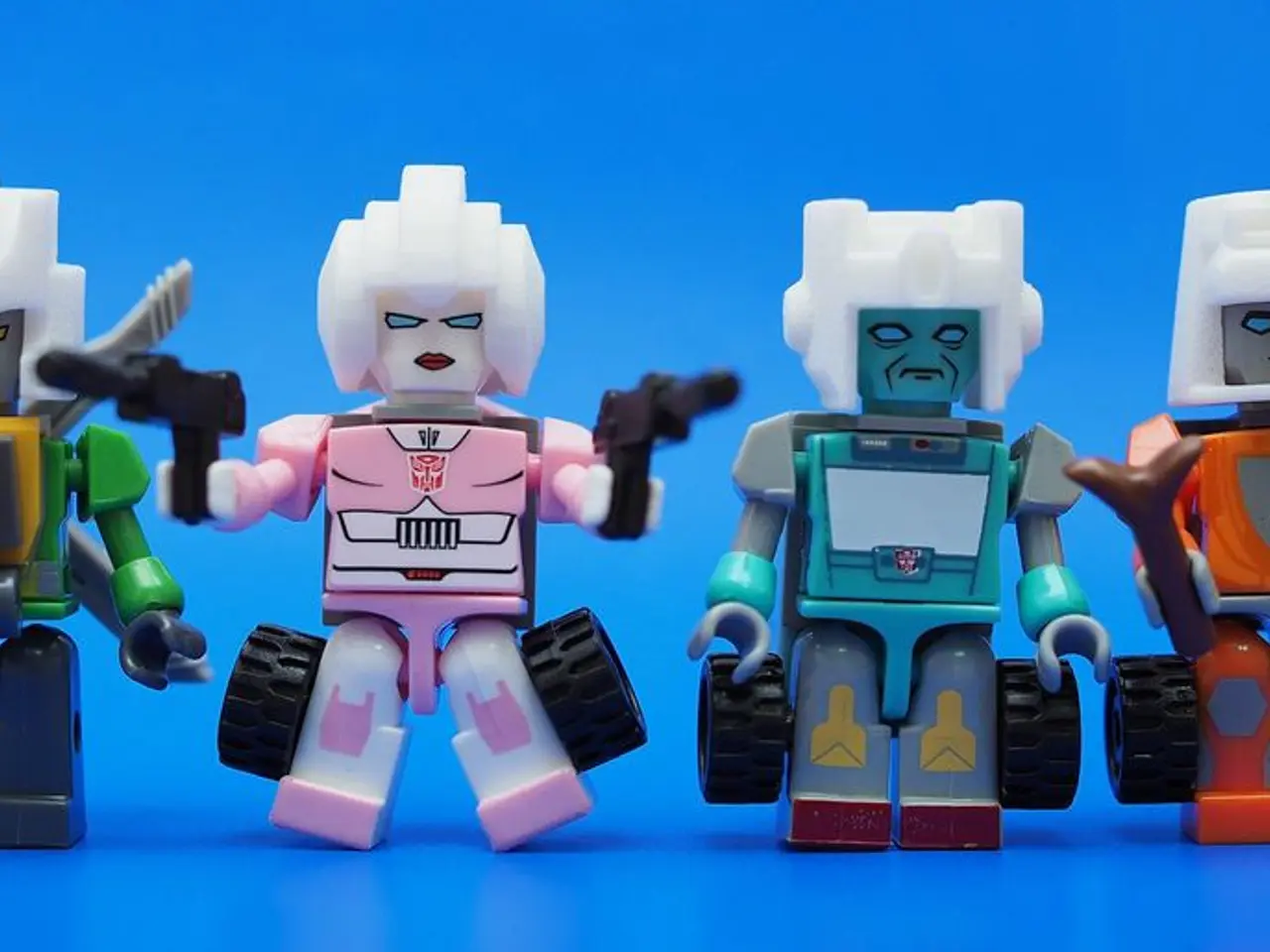Pioneering Force in Dynamic Robotics and Artificial Intelligence: Marc Raibert's Impact
**Marc Raibert's Journey in Robotics: From MIT to Boston Dynamics**
Marc Raibert, the founder of Boston Dynamics, has made significant contributions to the field of robotics over the past few decades. His career began at the Massachusetts Institute of Technology (MIT), where he was involved in robotics research and made notable strides in balance and gait control.
Raibert's passion for robotics was ignited during his graduate studies at MIT in 1974, upon encountering a disassembled VIK ARM robot arm. This encounter solidified his interest in the field, and he later shifted his focus from neurophysiology to the AI lab due to its practical, hands-on approach to understanding intelligence.
## The Birth of Boston Dynamics
In 1992, Raibert founded Boston Dynamics, a company that would become synonymous with innovative robots. The company initially focused on developing robots capable of performing complex physical tasks, such as running, jumping, and even doing backflips.
One of the most notable creations from Boston Dynamics is BigDog, a four-legged robot developed in 2005 under a contract from DARPA (Defense Advanced Research Projects Agency). BigDog was designed to carry heavy loads over long distances, mimicking the capability of a pack animal. The robot was able to walk on rough terrain and maintain balance, though it was not designed for stealth, producing a considerable amount of noise.
## Pushing the Boundaries of Robotics
Boston Dynamics has been at the forefront of robotics innovation, pushing the boundaries of what robots can achieve in terms of agility and adaptability. Some of the notable robots developed by Boston Dynamics include Atlas, a humanoid robot designed for search and rescue applications, Spot, a quadruped robot that can navigate challenging terrain, and Handle, a robot that combines the capabilities of a quadruped with the ability to run and jump.
The company has undergone significant changes in ownership, first being acquired by Google in 2013, then by SoftBank in 2017, and most recently by Hyundai Motor Group in 2020. Despite these changes, Raibert's work at Boston Dynamics has been instrumental in shaping the field of robotics, particularly in the development of dynamic robots capable of performing complex physical tasks.
Raibert's philosophy evolved over the years, recognising that aesthetics and functionality aren't mutually exclusive. He believes that a robot's physical appearance can enhance its lifelike movements, a philosophy that is reflected in the design of Boston Dynamics' robots.
In the early days of Boston Dynamics, the company ventured into surgical simulation, creating a realistic training environment for surgeons using force feedback technology and advanced graphics. Despite facing challenges in marketing the product as a bootstrapped company with no outside investment, the surgical simulator project provided valuable insights and experience for the team.
The principles established in the early days of dynamic robotics, such as embracing dynamic motion and learning from biological systems, have proven foundational to modern robotics. Raibert's legacy continues to influence the robotics industry, with his long-term goal of building robots that achieve human-like performance levels still driving innovation.
Artificial-intelligence played a key role in Marc Raibert's shift of focus from neurophysiology to the AI lab at MIT, as he believed it was a practical, hands-on approach to understanding intelligence. With the establishment of Boston Dynamics, Raibert and his team used technology to develop robots like Atlas, a humanoid robot designed for search and rescue applications, and Spot, a quadruped robot that can navigate challenging terrain, incorporating AI to enhance their lifelike movements.




